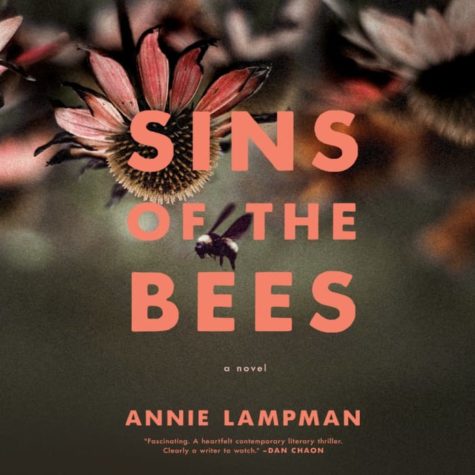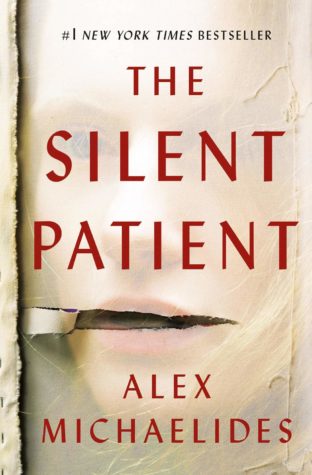The Marvelous Misadventures of Jean Louis Finch.

“To Kill a Mockingbird,” by the American author Harper Lee, was published in 1960; It is one of the most-assigned novels in American schools. The novel was praised immensely for its sensitive treatment of a child’s awakening to racism and prejudice in the American South. To Kill a Mockingbird takes place in the fictional town of Maycomb, Alabama, during the Great Depression. The main protagonist, Jean Louis (Scout) Finch, is a very bright, yet dependent child, ages from six to nine years during the novel. She is raised alongside her brother Jeremy (Jem) Finch by her widowed father Atticus Finch. Atticus is a very prominent lawyer in their town, and he raises the children to be empathetic, understanding, and to never judge a book by its cover. When Tom Robinson, one of the town’s local African American residents is falsely accused of raping one of the town’s young, white locals, Mayellea Ewell, Atticus agrees to defend Mr.Robinson despite receiving threats from the community. Soon after this, Atticus faces a mob with the intent of lynching his client but he refuses to abandon Tom and Scout unwittingly, really unknowingly diffusing the situation. During the trial, Atticus presents a defense that is a more plausible interpretation of the evidence- that Mayella was attacked by her father, Bob Ewell, the local poor alcoholic- Tom is convicted anyway and is later killed for trying to escape the polices held custody. While this is happening, the children play their own game of pointing fingers where they push prejudice and superstition as they become obsessively interested in Arthur (“Boo”) Radley, a very independent, reclusive neighbor and local legend. They have their ideas of him, that he is a murderer and kills badly behaving children in his pastime, they can’t resist trespassing on the Radley property. They start to dehumanize him because of the lack thereof they’re being able to see him. Atticus catches wind of his children’s speculations and actions and reprimands them and tries to encourage them to have a sensitive attitude. Boo makes his presence felt indirectly through a series of benevolent acts, finally intervening when Bob Ewell attacks both Jem and Scout. Boo then kills Ewell, but Heck Tate, the local sheriff, believes it happened more as he fell on his knife, sparing Boo from unwanted attention. The story ends with Jem and Scout formally meeting Boo and they walk him home after the incident.
The novel has a lot of strengths that keep the story rolling and entertaining. Lee uses a lot of word choice and imagery to really “put the readers in the story”. She has a way of explaining scenarios and situations in the story that make you picture what the characters and their little town look like and how it functions. Lee made the character’s personas very black and white, so you either really love them or don’t like them at all and there isn’t any in-between, which should be appreciated because it really isolates the characters as a whole. The story itself flows very nicely through Jean Louis’s life and experiences. As a whole, the story does a good job of making you think about the time period it was written in and how it affected people of the time.
The novel also has a few weaknesses. Lee discusses social issues; like racial injustice, discrimination, and lack of equality which are all touchy subjects. Some might argue that it wasn’t Lee’s place to discuss such extremities since it wasn’t her POV, the caucasian people of the time didn’t know injustices like the African American populace. Some have said that it shouldn’t be her place to talk about it since from her placement she was in a “white supremacist framework”. Some believe she touched on a subject that wasn’t hers to talk about since she hadn’t lost anything like some of them had.
As a whole, To Kill a Mockingbird, by Harper Lee, is a very sincere novel. Lee put a huge part of herself in the story as she told the marvelous misadventures of Mrs. Jean Louis Finch and her small town. She gave a perspective of someone who is part of a group of people who really haven’t spoken out about their experience with the equality and racial justice that was trying to be created by America at the time. It is a very touchy subject; although, that’s what makes the story interesting, an attention grabber, and very important to learn and talk about. She is in a small population of people who weren’t discriminatory but had to sit and watch as fellow brethren torment people based on the color of their skin. She very beautifully showed how the American south functioned at the time.


